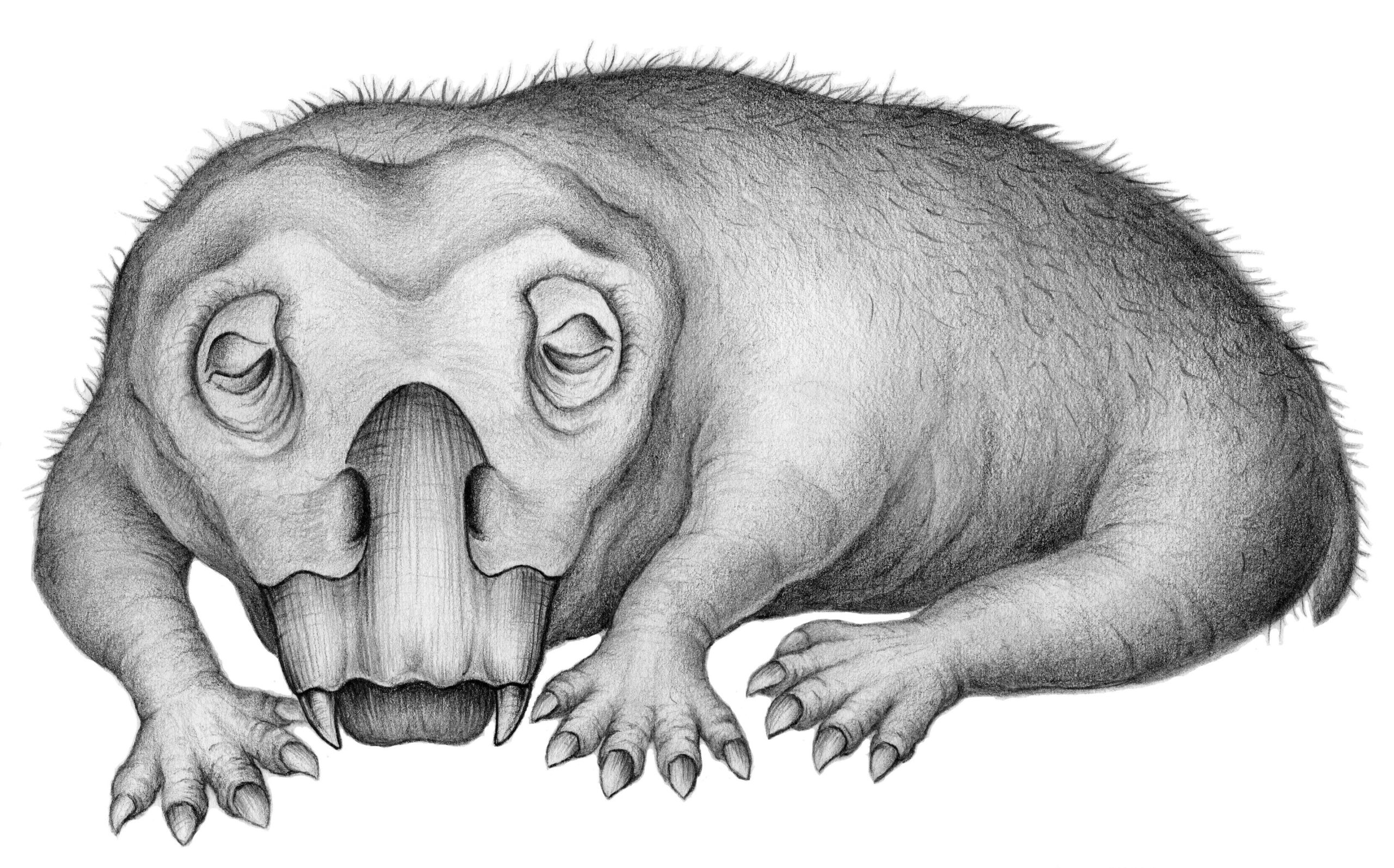Hibernation is a familiar feature on Earth today. Many animals, especially those living near or within the polar regions, hibernate to get through the harsh winter months when food is scarce, temperatures drop, and days are dark.
By MiamiDiario Editorial Staff
According to new research, this type of adaptation has a long history. In an article published on August 27 in the journal Communication Biology, scientists from the University of Washington and its Burke Museum of Natural History and Culture report evidence of a hibernation-like state in an animal that lived in Antarctica during the Early Triassic, about 250 million years ago.
The creature, a member of the genus Lystrosaurus, was a distant relative of the mammals. Antarctica during the Lystrosaurus era was largely within the Antarctic Circle, as it is today, and experienced prolonged periods without sunlight each winter.
Fossils are the oldest evidence of a hibernation-like state in a vertebrate animal and indicate that lethargy, a general term for hibernation and similar states in which animals temporarily lower their metabolic rate to overcome a difficult season, arose in vertebrates even before mammals and dinosaurs evolved.
“Animals living at or near the poles have always had to deal with the more extreme environments present there,” said lead author Megan Whitney, a Harvard University postdoctoral researcher who conducted this study as a doctoral student in biology at the University of Washington. “These preliminary findings indicate that entering a hibernation-like state is not a relatively new type of adaptation. It is old.”
The Lystrosaurus lived during a dynamic period of our planet’s history, which emerged just before the largest mass extinction on Earth at the end of the Permian Period, which wiped out about 70% of the vertebrate species on Earth, and somehow survived. The hardy four-legged harvesters lived another 5 million years in the later Triassic Period and spread over swaths of the then only continent on Earth, Pangaea, which included what is now Antarctica.
Source: EuroPress
Translated by: Aleuzenev Nogales
You may also be interested in:














